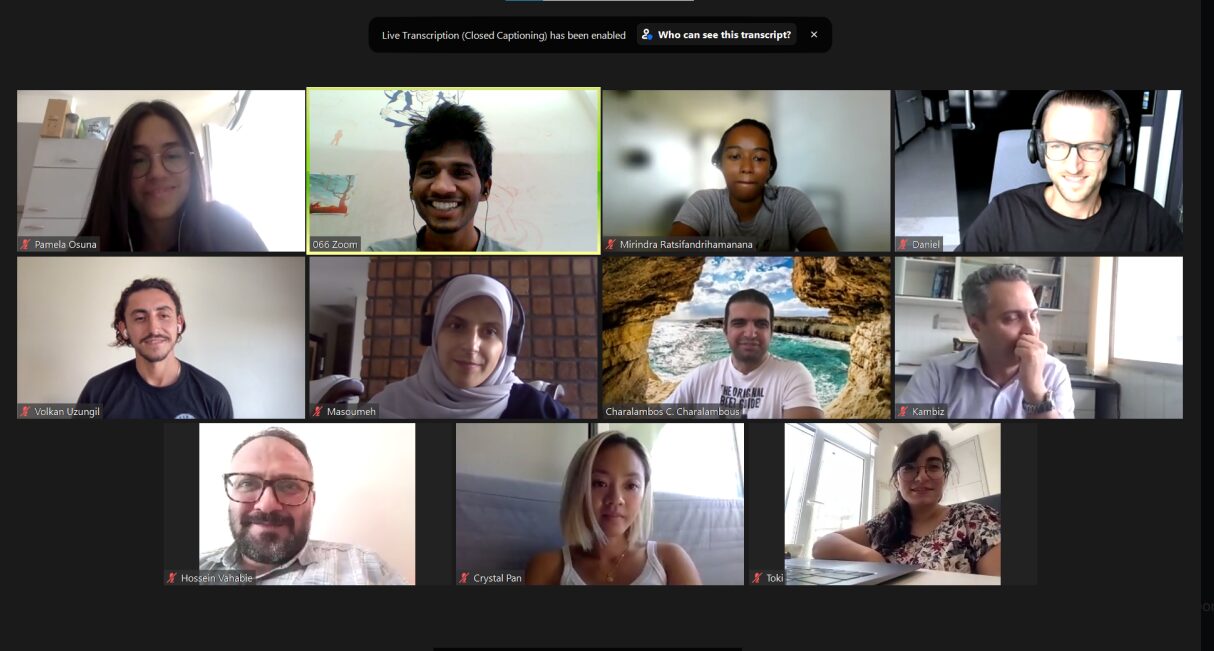Dr Charalambos C. Charalambous, a post-doctoral fellow in Neuroscience, has recently successfully completed a 3-week intensive course in Computational Neuroscience. This course is offered online via the Neuromatch Academy (https://academy.neuromatch.io) which teaches the computational techniques crucial for success in academia and industry. It serves thousands of students each year with hundreds of teaching assistants around the globe. Specifically, the computational neuroscience course (https://compneuro.neuromatch.io/tutorials/intro.html) integrates cutting-edge advances in machine learning and causality research with state-of-the-art modelling approaches in neuroscience.
Charalambos gained a hands-on Python experience, learned interpretability and the process of modelling, and got hands-on guided experience on how-to-model any observed phenomenon. In addition to the tutorials, Charalambos and his classmates completed a project which focused on the predictors of post error slowing during a decision-making task in mice using cutting-edge computational models. The course provided Charalambos with the opportunity to improve his knowledge on the fundamentals of computational neuroscience, which was the topic of his postdoctoral training, and enhance his skills using such computational approaches in his current research projects.
Charalambos and his supervisor, Professor Avgis Hadjipapas, will soon use unsupervised learning (Principal Component Analysis; PCA) and machine learning (Support Vector Machine; SVM) models to quantify the late motor responses elicited by transcranial magnetic stimulation on ankle plantarflexor and dorsiflexor muscles (both muscle groups are functionally crucial in human locomotion) in both neurotypical adults and chronic stroke patients. A better understanding of this under-studied phenomenon of late motor responses can eventually lead to their use as an important biomarker for motor neuroscientists to feasibly and accurately assess the neural drive from the corticoreticulospinal tract, which is an important motor descending pathway in human locomotion, in neurologically impaired adults, like stroke patients.

